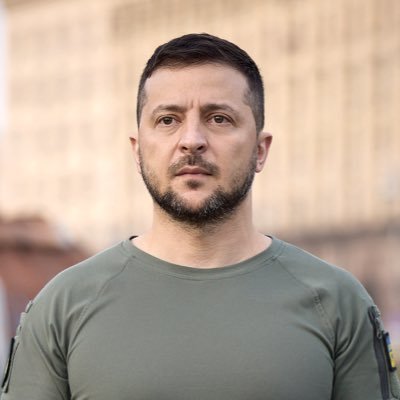KYIV, Ukraine** – Ukrainian President Volodymyr Zelensky expressed willingness Thursday to engage “constructively” with a leaked US-Russia peace proposal for ending the nearly four-year war, even as it demands Kyiv cede territory, slash its military, and abandon NATO ambitions—terms long deemed unacceptable.
The 28-point draft, hammered out quietly by US Special Envoy Steve Witkoff and Russian counterpart Kirill Dmitriev, emerged amid Russian advances in eastern Ukraine’s Donetsk region and a domestic corruption probe engulfing Zelensky’s top officials, including a $100 million scandal. Presented to Zelensky by US Army Secretary Dan Driscoll during a Kyiv visit, the plan envisions Ukraine relinquishing swathes of Donetsk it still holds, capping its forces at 600,000 troops, and forgoing NATO membership in exchange for vague “reliable security guarantees”—potentially including NATO-style protections and European jets in Poland.
Kyiv would also disarm much of its arsenal, while Russia anticipates sanction relief, G7 reintegration (reviving the G8), and a non-aggression pledge from NATO. Zelensky, in his evening address, reiterated Ukraine’s core stance: “We need a real peace—one that won’t allow a third invasion.” He plans direct talks with President Donald Trump soon to refine the “American vision,” appreciating US efforts to bolster European security but insisting on a “worthy peace” honoring Ukrainian dignity.
The White House, via Press Secretary Karoline Leavitt, dismissed claims of Ukrainian exclusion, insisting the plan—developed over a month with input from both sides—is “good for both” and prioritizes a “lasting, durable peace.” A senior US official told CBS News that Zelensky’s defense minister, Rustem Umerov, endorsed most points after tweaks, though a Ukrainian MP countered that Kyiv joined discussions late.
European allies, sidelined in the drafting, voiced caution. German Foreign Minister Johann Wadephul called it a mere “list of topics and options,” not a finalized blueprint, echoing US Secretary of State Marco Rubio. EU foreign policy chief Kaja Kallas stressed: “For any plan to work, it needs Ukrainians and Europeans onboard.” With US aid now largely shouldered by NATO partners like the UK and France—who’ve pledged peacekeeping forces—Brussels fears the proposal tilts heavily toward Moscow’s maximalist demands, tantamount to “surrender” in Kyiv’s view.
Moscow downplayed the document, with Kremlin spokesman Dmitry Peskov noting mere “contacts” but no formal consultations. He insisted any deal address the “root causes”—code for Russia’s territorial claims, including annexed Crimea and four partially occupied regions.
Trump’s push reflects frustration after an August Alaska summit with Putin yielded no breakthroughs; fresh sanctions on Russian oil giants Rosneft and Gazprom take effect Friday. Since reclaiming office, Trump has dispatched Witkoff to Moscow multiple times and hosted Zelensky, aiming for a swift resolution as the invasion’s fourth anniversary looms.
Yet the battlefield offers little respite. Russian strikes Thursday killed five in Zaporizhzhia and targeted Ternopil’s apartments, claiming 26 lives earlier this week with 17 still missing. Ukraine’s drone assaults on Russian infrastructure persist, but Moscow’s incremental gains underscore the war’s grind.
Analysts see Zelensky’s measured tone as diplomatic tightrope-walking: embracing talks to sustain US support while bracing for concessions that could fracture domestic unity. As one Kyiv-based expert noted, “This isn’t peace—it’s a pause, unless Europe amplifies Ukraine’s voice.” With Trump eyeing an “aggressive timeline,” the coming days may test whether flexibility yields resolution or merely prolongs the agony.

